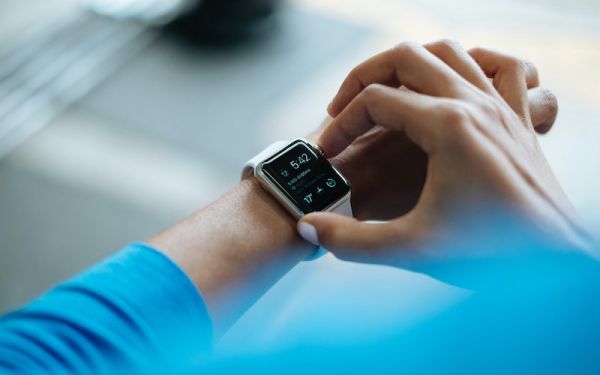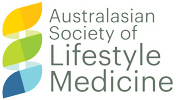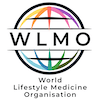
Focus on fitness
67% of the Australian adult population is overweight or obese1. Most of our adult patients (and ourselves!) are aiming to lose weight. We know that weight loss is likely to have significant health benefits and we need to continue to strive for this. BUT weight loss is difficult! Lack of consistent and significant weight reduction can be demoralising for patients and their health care providers.
Shifting to a focus on fitness may help engagement with health promotion and chronic disease prevention. Focusing on the potential for an increase in energy levels, an improved sense of wellbeing, and better mental and physical health may be more motivating for our patients.
Improving fitness can apply to all patients, whether considered a healthy body mass index or not2. We know that a normal BMI does not necessarily correlate with good metabolic health and that there are causes for reduced metabolic health, and the process of metaflammation, in addition to excess body fat3. There is evidence that improved fitness at any weight leads to better health outcomes4.
Assessing fitness during a consultation needs to be largely based on patient intuition about their current level of fitness, but also from discussion of their activity and assessing their physical activity vital sign, PAVS5. On average how many days per week does the patient engage in moderately strenuous physical exercise (such as a brisk walk) and on average how many minutes do they engage in this exercise level? The Australian Physical Activity Guidelines serve as a basis for discussion about changes patients can make to their activity levels to help improve their fitness6. Components of the guidelines include cardiorespiratory and muscle strengthening activities, more movement generally throughout the day and avoiding prolonged sedentary periods.
Other important influences on fitness are fundamental to our Lifestyle Medicine approach and are important additional interventions to discuss with our patients: nutritious diet, toxin reduction, restorative sleep, stress management, and positive social connection.
Focusing on fitness is an opportunity to keep our patients motivated for significant health benefits.
Live longer, live well and keep fit!
- Australian Bureau of Statistics national Health Survey 2017-2018 Overweight and Obesity
- Blair Kennedy A et al. ‘Finess or Fatness Which is More Important? JAMA 319(3):231-232, 2018
- Egger G et al 2017, Lifestyle medicine: Lifestyle, the Environment and Preventive Medicine in Health and Disease, 3rd Edition, Academic Press
- Ortega F et al. The fat but Fit paradox: what we know and don’t know about it. Br. J. Sports Med. Volume 52, Issue 3. 2018
- EIM Physical Activity Vital Sign.pdf (exerciseismedicine.org) 19.02.2021
- Australian Government Department of Health. Australia’s Physical Activity and Sedentary Behaviour Guidelines for Adults (18-64 years)
This article has been written for the Australasian Society of Lifestyle Medicine (ASLM) by the documented original author. The views and opinions expressed in this article are solely those of the original author and do not necessarily represent the views and opinions of the ASLM or its Board.



